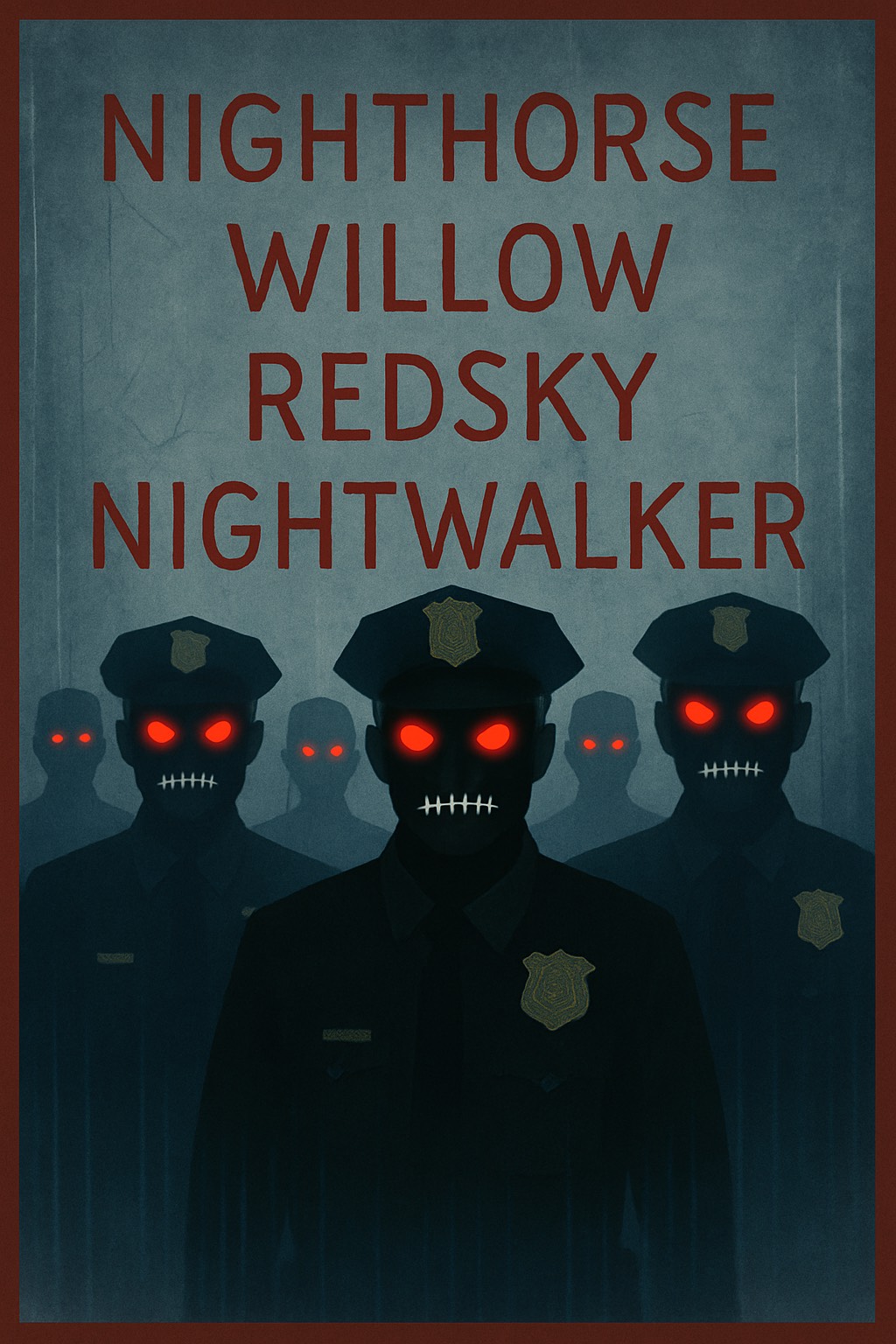Editorial
Uncounted Adults: Toronto’s Underutilized Schools
Recent news stories reporting that Toronto public schools are “under-utilized” paint a wildly inaccurate picture. The provincial formula for determining the utilization rates of our schools does not count tens of thousands of people who are attending educational programs in our schools, mostly during the regular school day.
The majority of these uncounted learners are adults. As a result, many schools with supposedly low utilization rates are far less empty than the current numbers suggest. The provincial government often talks about – or, at least, used to talk about – the ideal of “schools as community hubs”. In this context, it is ironic that it is the provincial formula (for determining school utilization rates) that makes many schools – including some great community hubs – appear under-utilized. Compounding this irony, many of the programs with uncounted participants are actually funded by the provincial government. The system seems to be working against itself. There is a lot at stake here, schools are at the heart of our communities. Losing a school, through school closures, means a lot more than losing “a building”.
Who is not counted?
The following Toronto District School Board (TDSB) programs, with numbers from the 2013-2014 school year, are not captured by the current formula for determining school utilization rates:
- Adult English as a Second Language, funded by the Ontario Ministry of Citizenship & Immigration: 20,000 adult learners
- Parenting & Family Literacy Centres in 78 TDSB schools, funded by the Ministry of Education: 14,000 pre-school children plus their parents/caregivers
- Adult (High School) Credit, funded by the Ministry of Education: 12,000 adult learners (over the age of 21)
- Essential Skills Upgrading (Adult Literacy), funded by the Ontario Ministry of Training, Colleges, and Universities: 2,600 adult learners
- General Interest/Seniors’ Daytime (fee-for-service; no external funding): 30,000 adult learners (primarily in evening courses)
Many of the 130 schools on a recent list of “under-utilized” TDSB schools – schools that are supposedly at 65%-or-less capacity – have programs that serve hundreds of uncounted learners. Here are just a few examples:
- John Polanyi Collegiate, near Bathurst and Lawrence, is listed at 46% capacity, with 650 students. However, the school also accommodates the Bathurst Heights Adult ESL program, a program that uses a huge separate wing of the school. If you count the adults, the school is full.
- Charles G Fraser Junior Public School and Alexander Muir/Gladstone Junior and Senior School, both in downtown Toronto, accommodate both Parenting and Family Literacy Centres and Adult ESL classes. Again, the hundreds of participants in these valuable daytime programs are not counted in determining school utilization rates.
- Stanley Public School, near Jane and Finch, is considered half empty. In a separate wing, Stanley PS accommodates one of the few Adult ESL programs in the area. This daytime TDSB program provides a vital educational opportunity to adult learners, many of them parents, who live in the neighbourhood.
The province should start counting adult learners.
The province should start counting adult learners. The provincial formula for determining school utilization rates needs to be changed so that it accurately reflects the actual number of people using our schools. We would all like to see more “schools as community hubs”. The provincial government should be helping to realize that goal, not working against us – and against itself. Graham Hollings is an adult educator with the Toronto District School Board.
SCHOOL UTILIZATION STATISTICS
| JK-12 Utilization Rate (2014) | School Name | Uncounted Programs |
| 61% | Alexander Muir/Gladstone Ave Junior and Senior Public School | PTG, ADULT ESL, ILE (INT) |
| 49% | Avondale Alternative Secondary School | ILE |
| 40% | Bendale Business and Technical Institute | ESU (4+), GI |
| 45% | Blake Street Junior Public School | ILE, PTG |
| 59% | Braeburn Junior Public School* | ILE |
| 65% | Brock Public School | ILE (INT) |
| 48% | Bruce Junior Public School | PTG, ESL, ILE |
| 35% | Burhamthorpe Collegiate Institute | ESU (3+), ESL (4+), GI |
| 59% | Calico Public School | ILE |
| 2% | Caring and Safe School Area A (30 Barrhead, Multi-Use Centre) REXDALE ADULT LNG CTR | LINC |
| 4% | Caring and Safe School Area C (SCAS, Adult Day School) | GI |
| 36% | Caring and Safe School Area D (Terraview Heights Multi-Use Centre) TERRAVIEW ALC | ESL (4), ESU (4+) |
| 46% | Carleton Village Junior and Senior Sports and Wellness Academy | ILE, PTG |
| 58% | Central Technical School | GI |
| 51% | Charles G Fraser Junior Public School | PTG, ESL, ILE |
| 63% | Charles H Best Middle School* (part of an ARC 2015-16) | ILE |
| 59% | Chester Le Junior Public School | PTG |
| 62% | Cresthaven Public School | ILE |
| 44% | Danforth Collegiate and Technical Institute (part of an ARC, 2014-15) | GI |
| 59% | Dennis Avenue Community School* | PTG |
| 61% | Donview Middle Health and Wellness Academy | ILE |
| 53% | Dundas Junior Public School | PTG, ILE |
| 56% | Elmbank Junior Middle Academy | PTG , ILE |
| 45% | Emery Collegiate Institute | ESU (1), ESL (2) |
| 35% | Ernest Public School | ILE |
| 59% | Essex Junior and Senior Public School | PTG, ILE |
| 35% | Fairbank Memorial Community School* | PTG |
| 28% | Fisherville Senior Public School | ESL |
| 44% | Flemington Public School | PTG, ILE |
| 51% | General Mercer Junior Public School* | PTG, ILE |
| 41% | George Harvey Collegiate Institute* (part of an ARC 2015-16) | ESU (3) |
| 60% | George Syme Community School* | ESL, ILE |
| 0% | Gooderham Adult Learning Centre (1 of 9 schools “to be considered for disposition”) | ESL |
| 54% | Greenholme Junior Middle School | ILE |
| 59% | Guildwood Junior Public School* | NYAD |
| 60% | Henry Kelsey Senior Public School | ILE |
| 55% | Highland Heights Junior Public School* (part of an ARC 2015-16) | PTG |
| 62% | J R Wilcox Community School | PTG, ILE |
| 46% | John Polanyi Collegiate Institute* (part of an ARC 2015-16) King Edward JPS (ARC 2015-16) | ESL (10+), ESU (1) ILE (INT) |
| 25% | Kensington Community School* (part of an ARC 2015-16) | ILE(INT), ESL (2) |
| 50% | Lescon Public School ILE Lord Lansdowne JSPS (ARC 2015-16) | ILE (INT) |
| 64% | Maple Leaf Public School | PTG, ILE |
| 53% | Melody Village Junior School | ILE |
| 41% | Nelson Mandela Park Public School | PTG |
| 53% | Oakwood Collegiate Institute* (part of an ARC 2015-16) | ESU (1) |
| 56% | Parkdale Junior and Senior Public School | PTG, ILE |
| 64% | Pauline Johnson Junior Public School* (part of an ARC 2015-16) | ILE (INT), PTG |
| 64% | Pineway Public School | ILE |
| 51% | Queen Alexandra Middle School | ESL |
| 58% | Rene Gordon Health and Wellness Academy | ILE |
| 61% | Roden Public School | PTG, ILE |
| 53% | Ryerson Community School* (part of an ARC 2015-16) | ILE(INT), PTG |
| 32% | Scarborough Centre for Alternative Studies | GI |
| 21% | School of Experiential Education | ESL (3+), ESU (2+) |
| 64% | Sheppard Public School | PTG, ILE |
| 58% | Shoreham Public Sports and Wellness Academy | PTG |
| 56% | Silverthorn Community School* | PTG |
| 52% | Stanley Public School | ESL (3+ rooms) |
| 49% | The Elms Junior middle School* | PTG, ILE |
| 55% | Thistletown Collegiate Institute | ESL (3), ESU (2), GI |
| 55% | Twentieth Street Junior School | PTG |
| 48% | West End Alternative School (BICKFORD) | ESL (10+), ESU (4+), GI |
| 54% | West Hill Collegiate Institute* (part of an ARC 2014-15) | ESL (3) |
| 65% | Westview Centennial Secondary School | ESL (4) |
| 49% | Winston Churchill Collegiate Institute | ESL (6+), GI |
| 48% | Woodbine Junior High School | ILE |
| 41% | Yorkdale Secondary School | ESU (1) |
* ADULT PROGRAMS
- ESL = English as a Second Language
- ESU = Employability Skills Upgrading (formerly Literacy Basic Skills)
- GI = General Interest
- ILE/ILE (Int) = International Languages Education
- LINC = Language Instruction for New Comers
- NYAD = Not Your Average Day Care
- PTG = Parent Teacher





